Ab Rogers returns to Wonderfruit festival in Thailand
Designer Ab Rogers and Wonderfruit festival founder Pete Phornprapha continue to build their experiential semi-permanent village in Thailand, tending to existing structures like the floating bathhouse, and adding new ones such as a children’s playground with a bamboo see-saw and a stage made of recycled materials collected from Bangkok residents

In mid-December the annual Wonderfruit festival returned for its fourth instalment near Pattaya on the Gulf of Thailand. Unlike many fairs and exhibitions that perennially set up in cities leaving unsustainable practices and one-use ephemera in their wake, Wonderfruit was founded in 2016 on the very principles of sustainability.
Founder and creative director Pete Phornprapha, third generation of the Siam Motors family who works by day as president and CEO of Bangkok Komatsu Sales Co Ltd is the brains behind the immersive, eco-friendly, community-minded music and lifestyle festival which offers regional and global beats, yoga classes, talks and workshops from artists, activists and architects.
Since 2018, Phornprapha has worked with Ab Rogers Design (ARD) to build a village of structures that support his environmentally-conscious ethos for an intelligent yet exhilarating festival. Combining experience across health and lifestyle design – from retail concepts for Comme des Garcons to an upcoming Maggie’s Centre in the UK completing in 2020, with local Thai craft, materials and techniques, founder Ab Rogers has created a characterful series of semi-permanent buildings to serve the ‘Wonderfruits’ – as the festival-goers are known as.

The Solar stage
‘Wonderfuit is a rarely enlightened client. Phornprapha has an exceptional vision and sustainable ethos. He owns the land so we can keep the structures all year round – the site is becoming a kind of sculpture park or eco community. There will be other events, and it will metamorphose and evolve as the community grows and more elements are added with a sense of permanence,’ says Rogers.
All the semi-permanent pavilions from 2018 were serviced before the 2019 festival kicked off – lessons about wind, shade and termites had been learned along the way. Termite-infested bamboo was replaced at the floating bath house (inspired by Thai fishing villages), and tartan shading added to the onion-shaped massage therapy rooms.
At the Eco-Pavilion (‘Why build a building if you can creating a mound plant bamboo and put up umbrellas,’ says Rogers of the design that features 124 hand-made, hand-painted cotton umbrellas) corn was replaced with robuster bamboo to shelter a new central umbrella with an air vent. And, at the Theatre of Feasts, an open kitchen and dining pavilion for 250 people, a lighter roof was installed, the table was rebuilt so it could be easily dismantled and new three-legged bar stools introduced.
‘I believe the key to building sustainably is to use temporary biodegradable materials in semi-permanent ways’ – Ab Rogers
‘I believe the key to building sustainably is to use temporary biodegradable materials in semi-permanent ways. These structures need up keep, they need care. We must take responsibility for what we make, and by doing so avoid the use of concrete materials and non-degradable plastics,’ says Rogers.
Receive our daily digest of inspiration, escapism and design stories from around the world direct to your inbox.
The new structures for 2019 each celebrate indigenous materials, and the surrounding nature and landscape. children’s adventure playground features up-cycled bamboo seesaws, and a mud-slide house made of tyres. The Forbidden Fruit stage was designed with bamboo leftover from previous years, recycled prayer mats and the natural jungle created a creeping backdrop. Plus a new stage made out of fabric made from recycled PET bottles that Bangkok’s residents have been donating at dedicated Wonderfruit collection bins.
This year, ARD launched a design competition for a sustainable pavilion. Judged by Deyan Sudjic, Aric Chen, Farshid Moussavi and Thai Architect Boonserm Premthada, the prize was won by young architects Jeanne Pasquet and Helena Bosch of Trojans. Their bright bamboo ‘Woven House’ was coloured with red pigment from ‘Khrang’ a resin produced by the ‘laccifer lacca’ insect, bright yellow from gum extracted from the ‘garcinia dulcis’ plant or the berries of pomegranate, and intense blue made of fermented indigo leaves. ‘The beauty of the design was in the absence of materials,’ says Rogers. ‘It felt like an ephemeral piece of architecture, changing with light.’
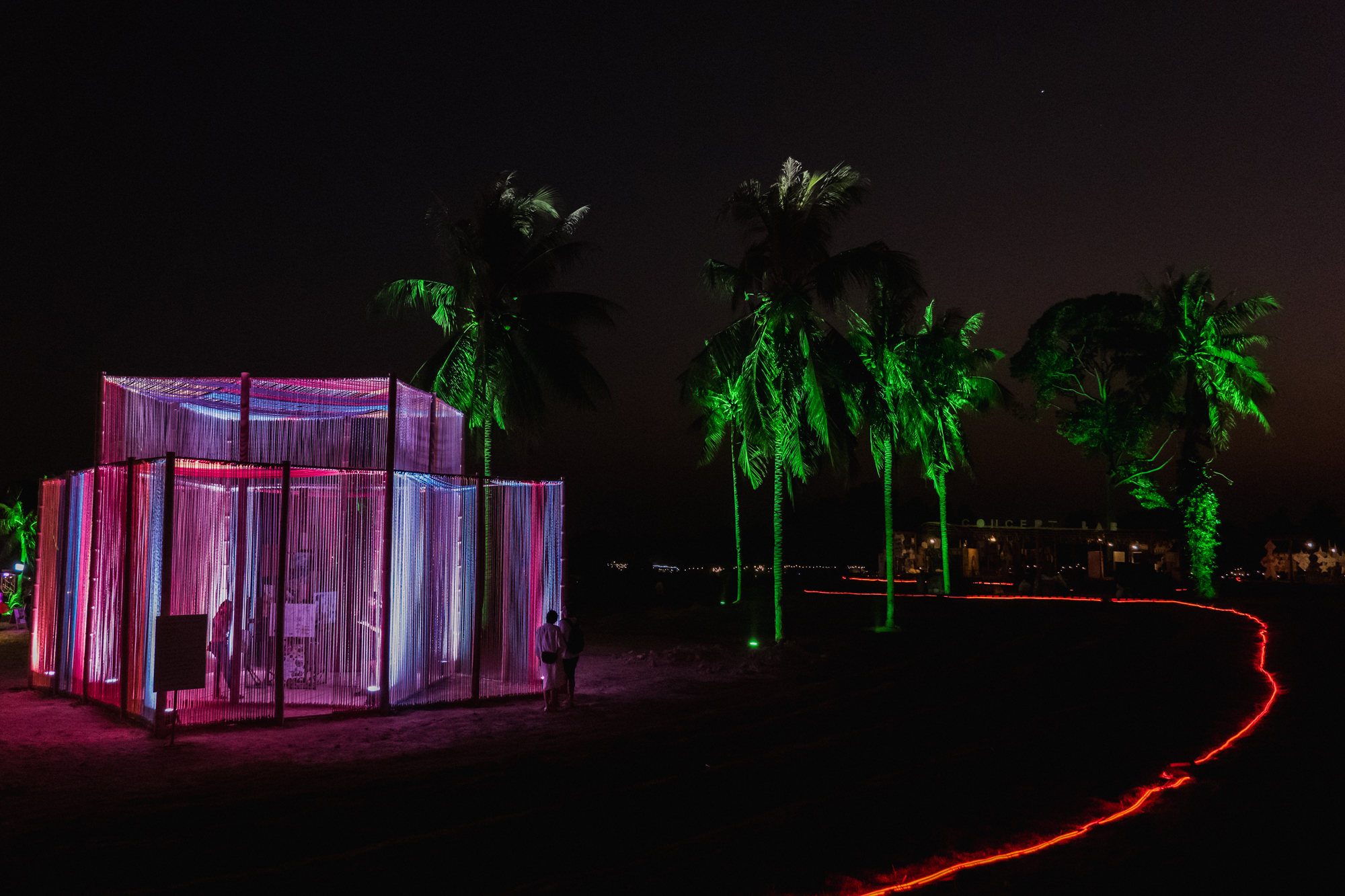
The Woven House by night
As well as sustainable architecture, there are plenty of other exciting and experimental ideas buzzing through the festival. Elin Eyborg, lead architect at ARD, created a magical path of 3000 rammed earth bricks painted red with organic pigment, laid as a performance over the festival and left to return back to the earth afterwards. Landscape architect Kochkorn Voraakhom discussed her work in Thailand, and food expert Kanitsanan Thanthitwat opened minds on eating bugs.
A modular wooden structure requiring no nuts or bolts designed by Burning Man artist, Gregg Fleishman was rebuilt with added shading. A forest of bamboo is being planted, and farmers from Chang Mai have set up a farm growing salad, sweetcorn, watermelons.
As well as the mastermind behind the Wonderfruit village, Rogers is also a Wonderfruit himself, where he finds the diversity of experiences unparalleled: ‘You can sit amidst growing lettuces, eat real food, and the next minute be dancing to deep techno in the Polygon (a 360 degree stage with holographic visuals), or meandering down to the quarry to discover Craig Richards playing.’
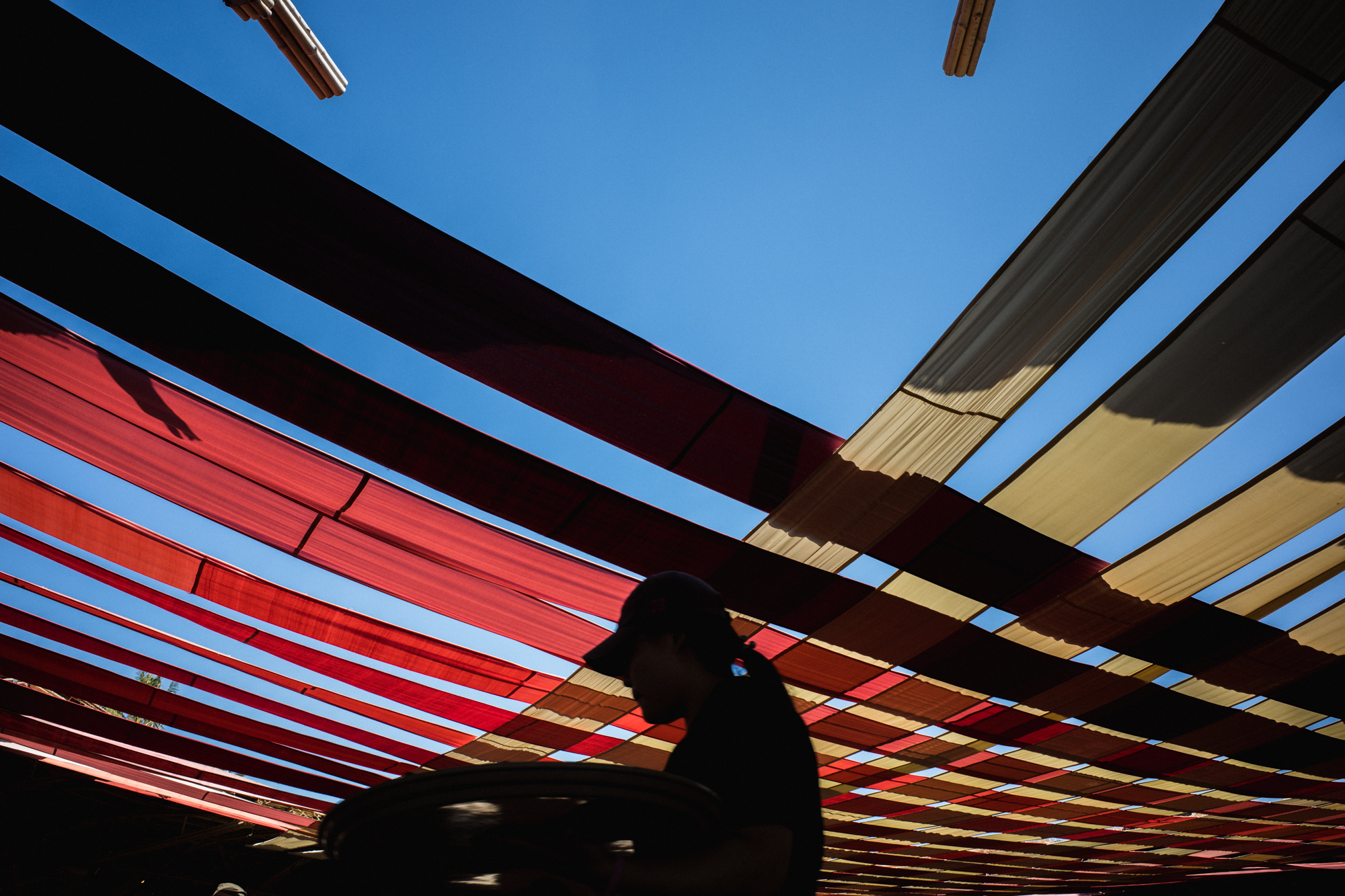



The Polygon stage offers a 3D, 360 degree sound stage designed with the aim of heightening emotions
INFORMATION
Wonderfruit Festival ran 12 - 16 December 2019
ADDRESS
Wonderfruit
The Fields at Siam Country Club
Pattaya
Thailand
Harriet Thorpe is a writer, journalist and editor covering architecture, design and culture, with particular interest in sustainability, 20th-century architecture and community. After studying History of Art at the School of Oriental and African Studies (SOAS) and Journalism at City University in London, she developed her interest in architecture working at Wallpaper* magazine and today contributes to Wallpaper*, The World of Interiors and Icon magazine, amongst other titles. She is author of The Sustainable City (2022, Hoxton Mini Press), a book about sustainable architecture in London, and the Modern Cambridge Map (2023, Blue Crow Media), a map of 20th-century architecture in Cambridge, the city where she grew up.
-
 Volvo’s quest for safety has resulted in this new, ultra-legible in-car typeface, Volvo Centum
Volvo’s quest for safety has resulted in this new, ultra-legible in-car typeface, Volvo CentumDalton Maag designs a new sans serif typeface for the Swedish carmaker, Volvo Centum, building on the brand’s strong safety ethos
-
 We asked six creative leaders to tell us their design predictions for the year ahead
We asked six creative leaders to tell us their design predictions for the year aheadWhat will be the trends shaping the design world in 2026? Six creative leaders share their creative predictions for next year, alongside some wise advice: be present, connect, embrace AI
-
 10 watch and jewellery moments that dazzled us in 2025
10 watch and jewellery moments that dazzled us in 2025From unexpected watch collaborations to eclectic materials and offbeat designs, here are the watch and jewellery moments we enjoyed this year
-
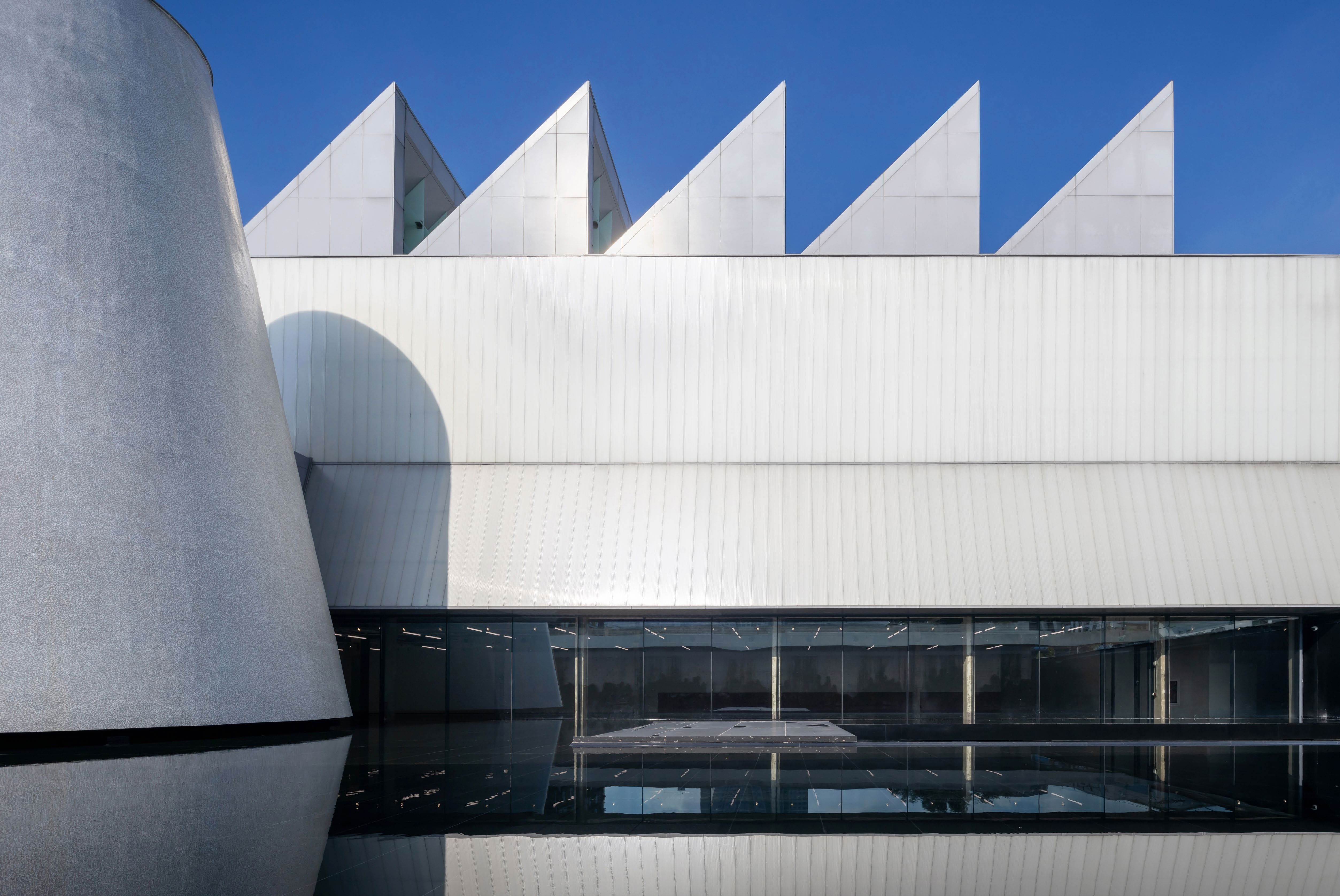 Dib Bangkok, a new Thai cultural destination, celebrates rawness and local grace
Dib Bangkok, a new Thai cultural destination, celebrates rawness and local graceWith Dib Bangkok, Thailand’s first international contemporary art museum, Kulapat Yantrasast plays all the angles
-
 At the Holcim Foundation Forum and its Grand Prizes, sustainability is both urgent and hopeful
At the Holcim Foundation Forum and its Grand Prizes, sustainability is both urgent and hopefulThe Holcim Foundation Forum just took place in Venice, culminating in the announcement of the organisation's Grand Prizes, the projects especially honoured among 20 previously announced winning designs
-
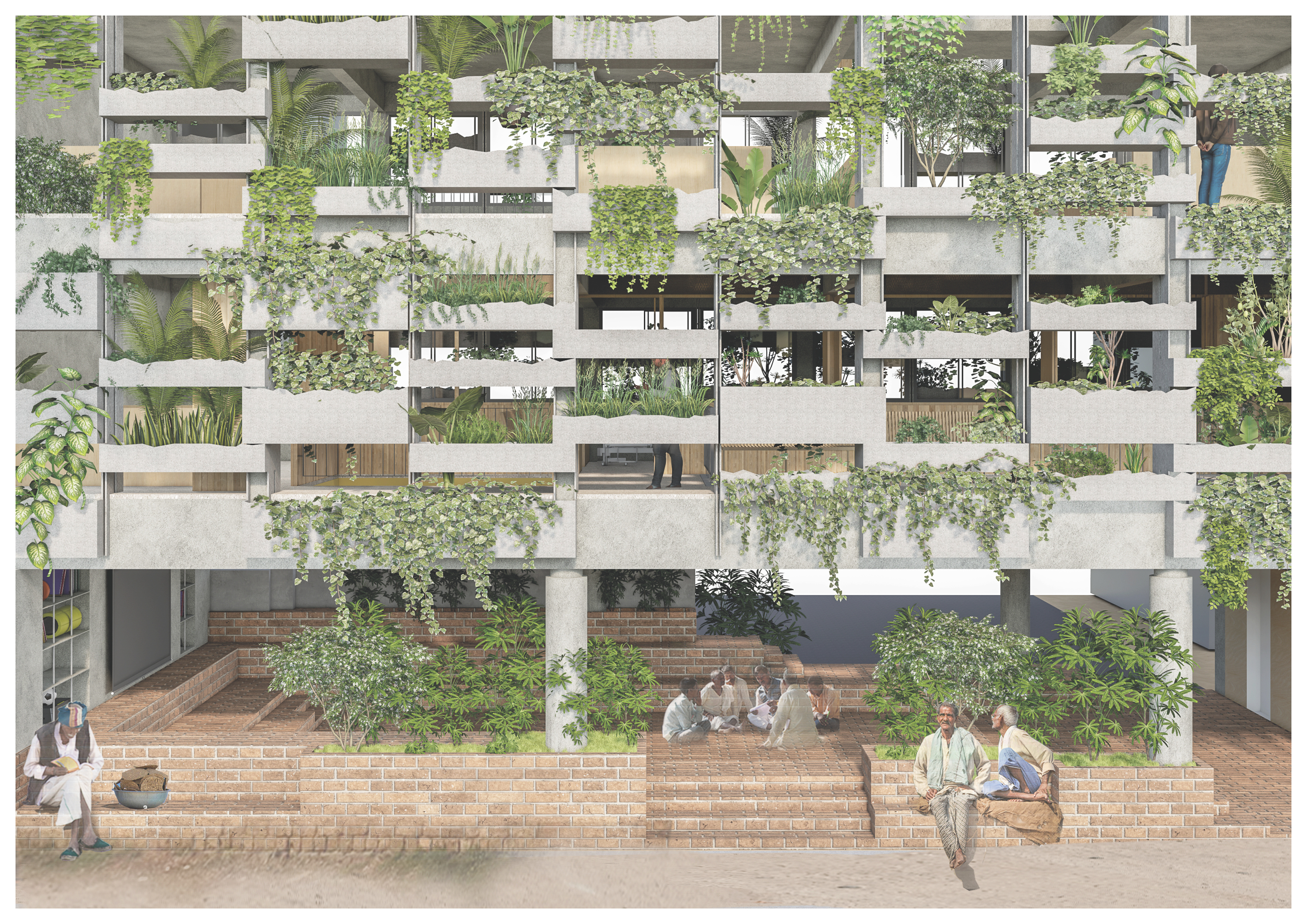 Holcim Foundation Awards celebrate sustainability with 20 winners; Sou Fujimoto explains all
Holcim Foundation Awards celebrate sustainability with 20 winners; Sou Fujimoto explains allThe 2025 Holcim Foundation Awards have just been announced, crowning 20 projects from across the globe as the most inspirational schemes in the field of sustainable architecture; we caught up with Asia Pacific jury chair Sou Fujimoto to find out more
-
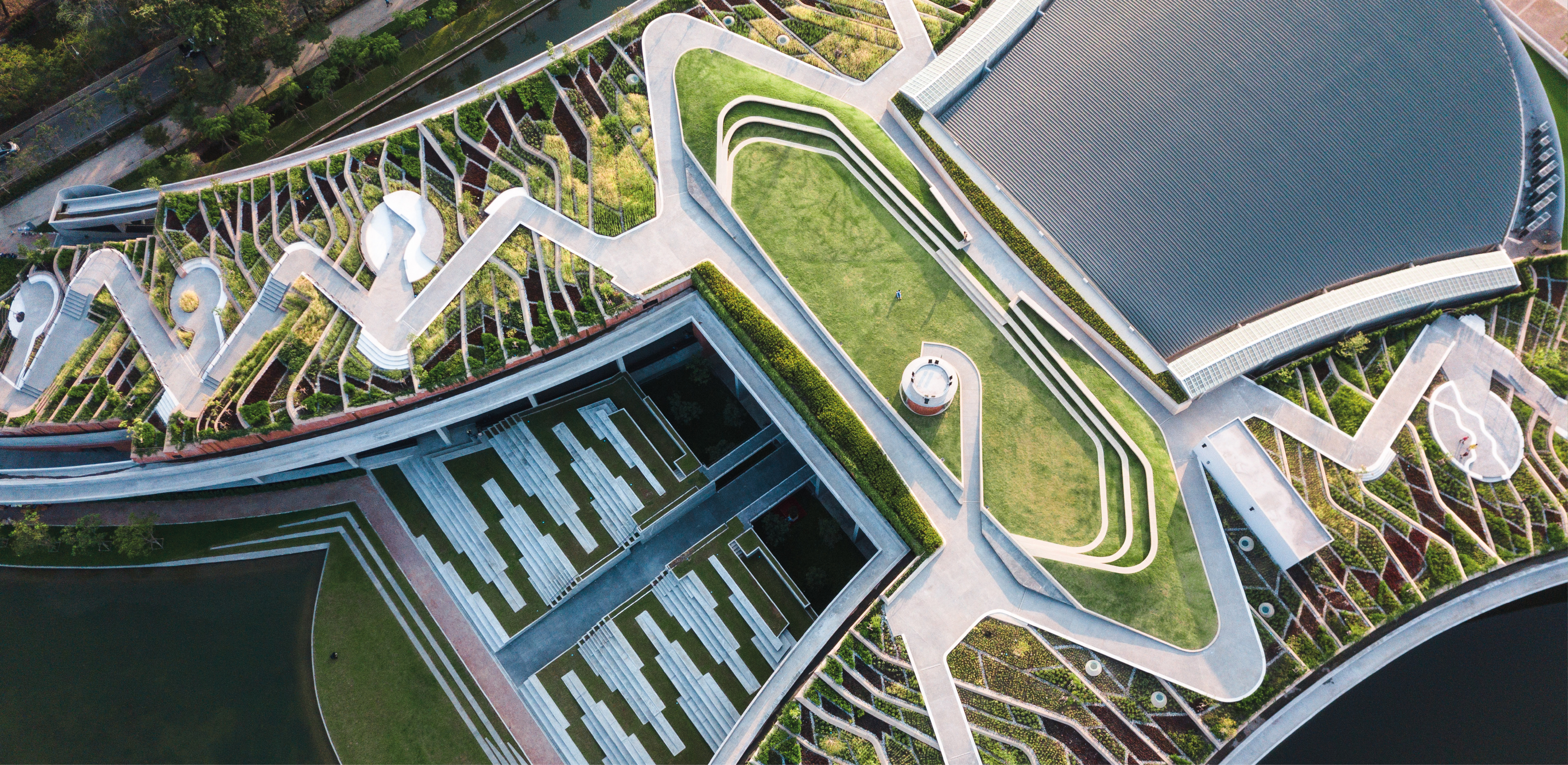 Meet Kotchakorn Voraakhom, the Thai force in landscape architecture
Meet Kotchakorn Voraakhom, the Thai force in landscape architectureAlongside her studio Landprocess and network Porous City, Thai landscape architect Kotchakorn Voraakhom is on a mission to make Bangkok a model of climate resilience
-
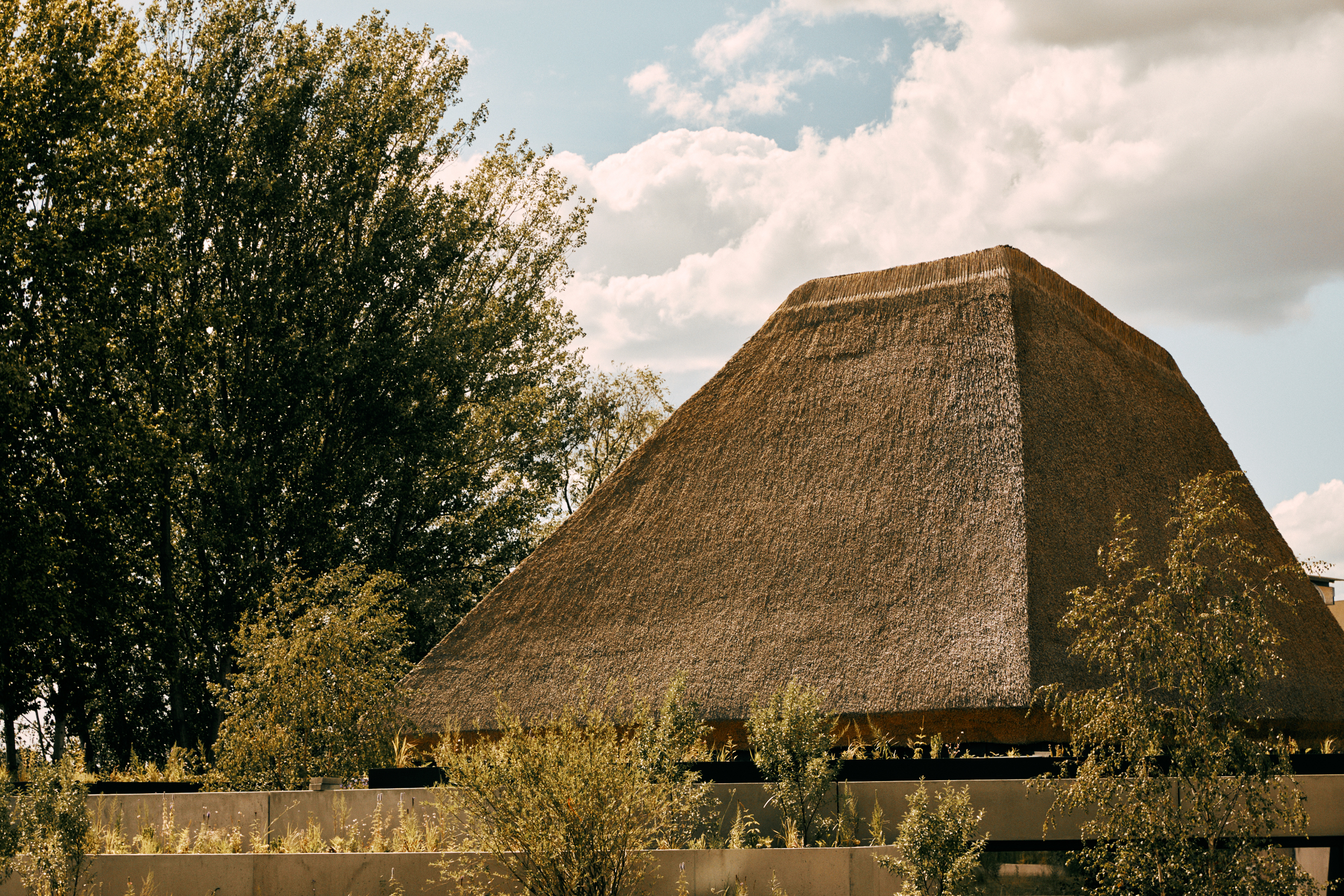 What are biomaterials? Everything you need to know about Mother Nature's building blocks
What are biomaterials? Everything you need to know about Mother Nature's building blocksCould the cities of the future be grown from plants, bacteria and fungi? Architects explain
-
 What is eco-brutalism? Inside the green monoliths of the movement
What is eco-brutalism? Inside the green monoliths of the movementThe juxtaposition of stark concrete and tumbling greenery is eminently Instagrammable, but how does this architectural movement address the sustainability issues associated with brutalism?
-
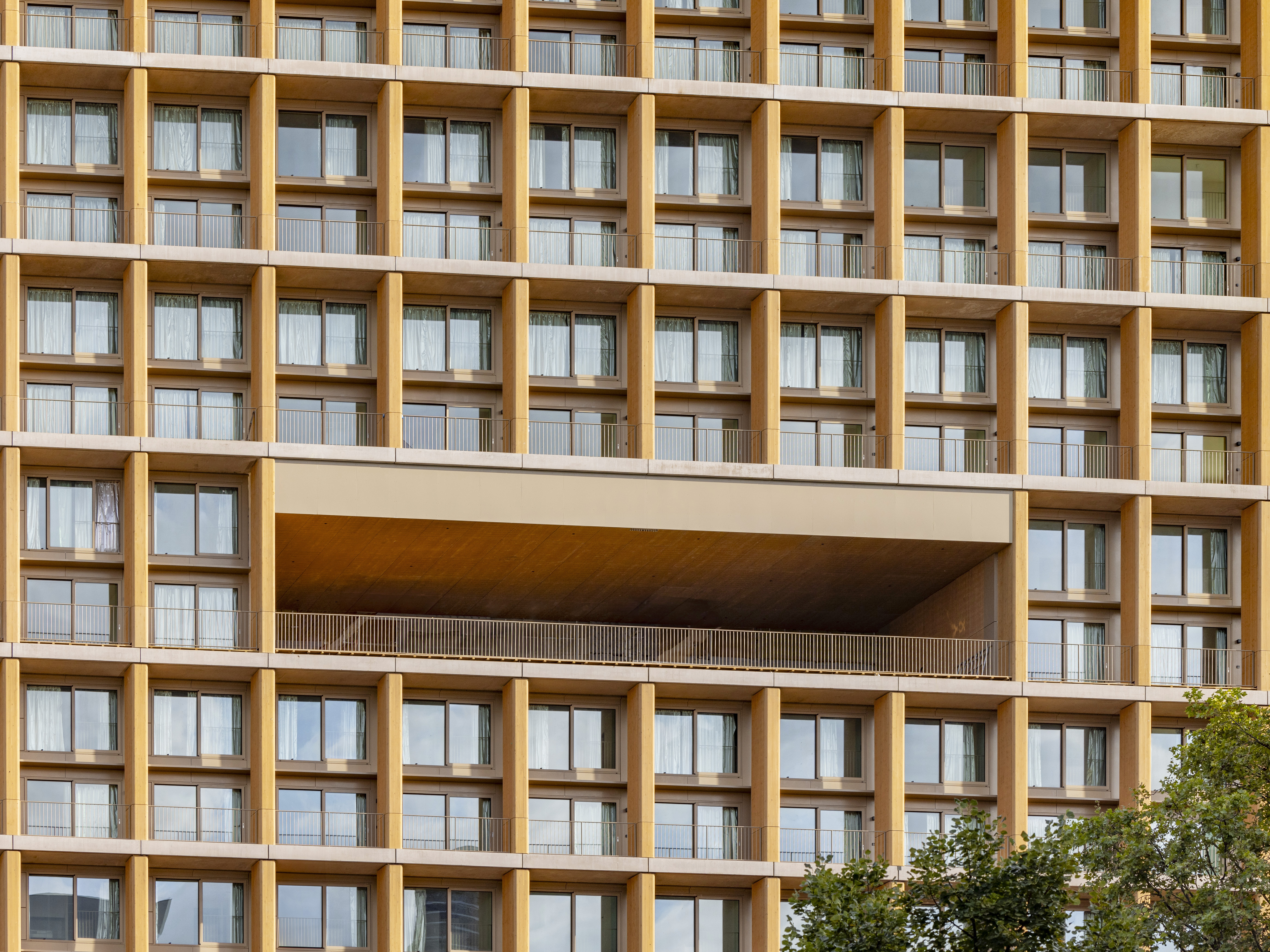 Explore wood architecture, Paris' new timber tower and how to make sustainable construction look ‘iconic’
Explore wood architecture, Paris' new timber tower and how to make sustainable construction look ‘iconic’A new timber tower brings wood architecture into sharp focus in Paris and highlights ways to craft buildings that are both sustainable and look great: we spoke to project architects LAN, and explore the genre through further examples
-
 Wallpaper* Architects’ Directory 2024: meet the practices
Wallpaper* Architects’ Directory 2024: meet the practicesIn the Wallpaper* Architects Directory 2024, our latest guide to exciting, emerging practices from around the world, 20 young studios show off their projects and passion